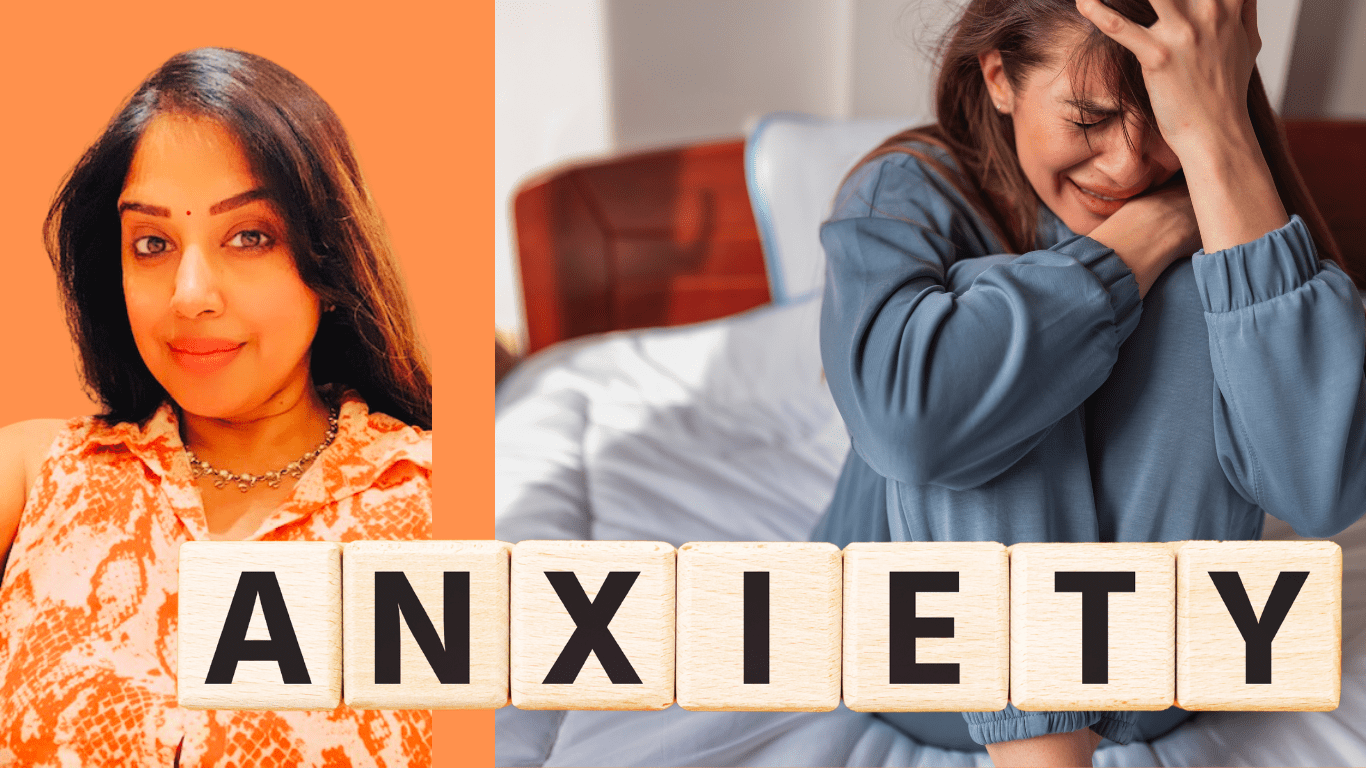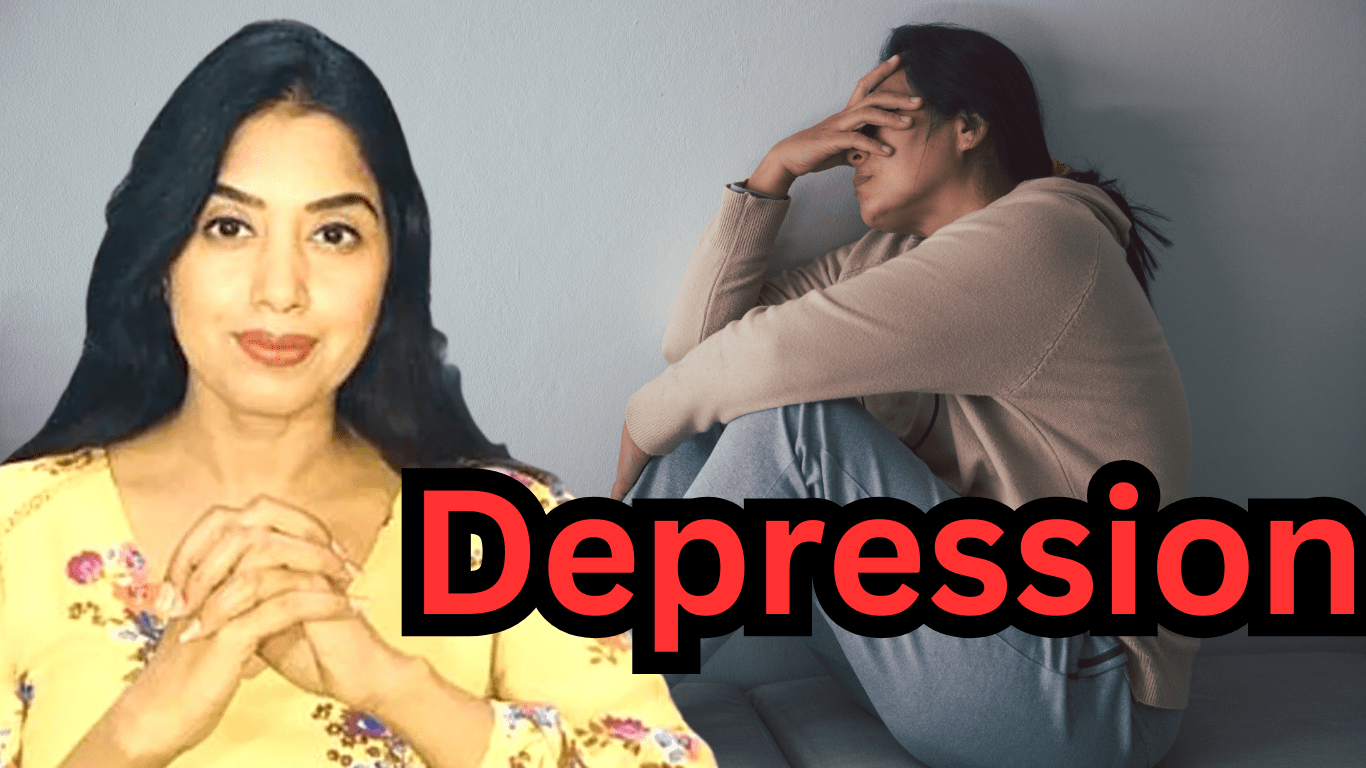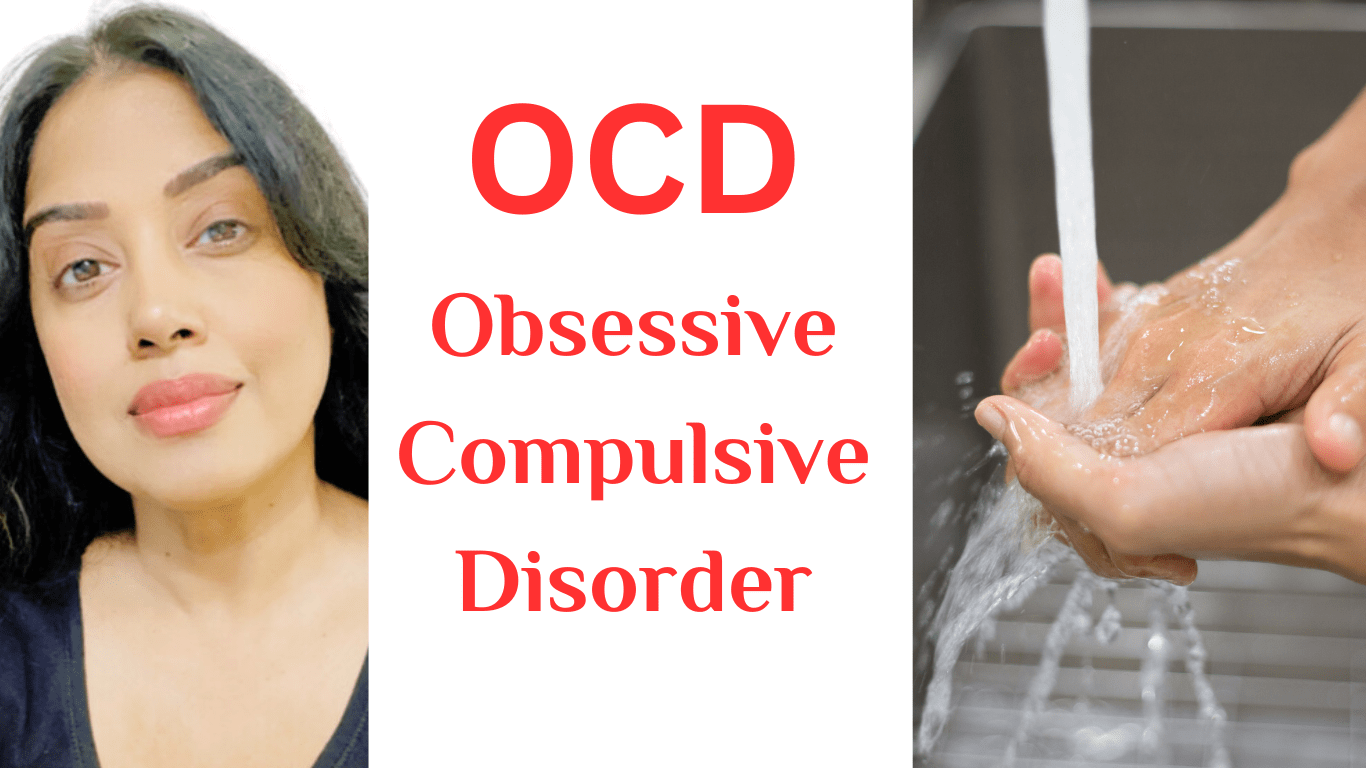Anxiety

Anxiety is a normal and natural emotional response to stress or perceived threats. It can be a helpful reaction in certain situations, as it prepares the body to deal with potential dangers. However, when anxiety becomes excessive, prolonged, or interferes with daily life, it can be classified as an anxiety disorder, which is a mental health condition. There are several different types of anxiety disorders, including:
- Generalized Anxiety Disorder (GAD): People with GAD experience excessive worry and anxiety about various aspects of life, often without a specific trigger. This chronic and pervasive anxiety can lead to physical symptoms such as muscle tension, restlessness, and difficulty concentrating.
- Panic Disorder: Panic disorder is characterized by recurrent and unexpected panic attacks, which are intense episodes of fear or discomfort that typically include physical symptoms like a racing heart, shortness of breath, and a sense of impending doom. People with panic disorder often live in fear of experiencing another attack.
- Social Anxiety Disorder (Social Phobia): Social anxiety disorder involves intense fear and avoidance of social situations or performance situations due to concerns about being judged or embarrassed. It can lead to social isolation and difficulty in personal and professional relationships.
- Specific Phobias: Specific phobias are intense and irrational fears of particular objects or situations, such as heights, spiders, flying, or public speaking. These fears can lead to avoidance behavior.
- Obsessive-Compulsive Disorder (OCD): As mentioned in a previous response, OCD involves obsessions and compulsions that can create significant anxiety. People with OCD often engage in repetitive behaviors to alleviate their distress.
- Post-Traumatic Stress Disorder (PTSD): PTSD can develop after exposure to a traumatic event. Symptoms may include intrusive memories, nightmares, flashbacks, and heightened anxiety and arousal. People with PTSD may avoid reminders of the trauma.
- Separation Anxiety Disorder: This disorder is most commonly seen in children and involves excessive fear and anxiety therapy about separation from attachment figures, often leading to distress and avoidance of being alone.
- Agoraphobia: Agoraphobia involves a fear of being in places or situations where escape might be difficult or where help might not be available in case of a panic attack or other physical symptoms. It often leads to avoidance of crowded places or being outside the home.
Anxiety disorders can vary in severity, and their impact on daily life can range from mild to debilitating. Effective treatments are available, including psychotherapy (such as cognitive-behavioral therapy) and lifestyle changes (including stress management techniques and regular exercise). It’s crucial to seek help from a mental health professional if you or someone you know is experiencing symptoms of an anxiety disorder, as early intervention can lead to better outcomes and improved quality of life.



